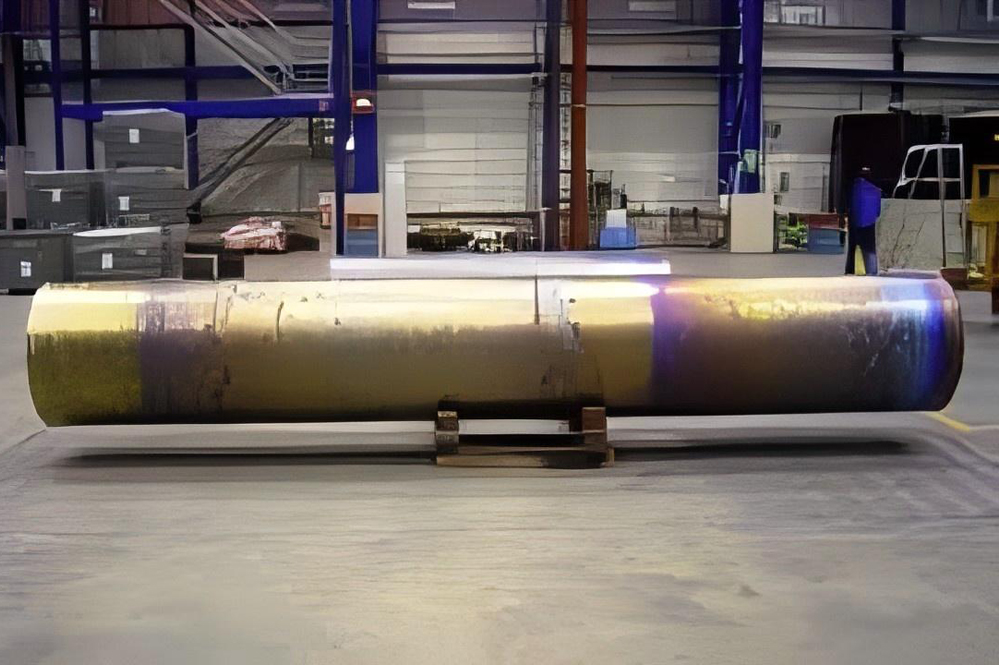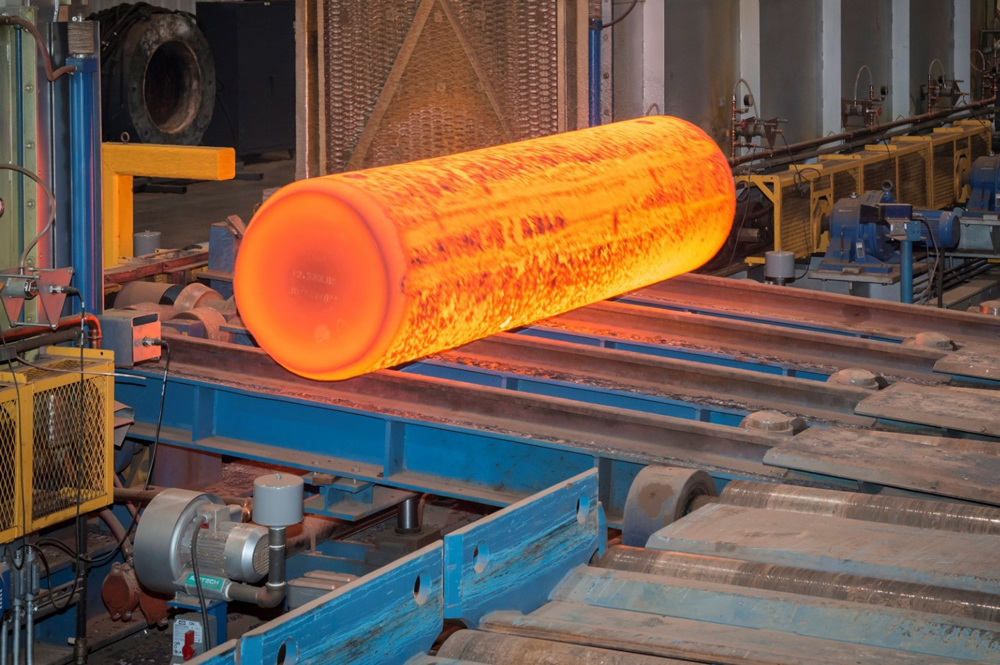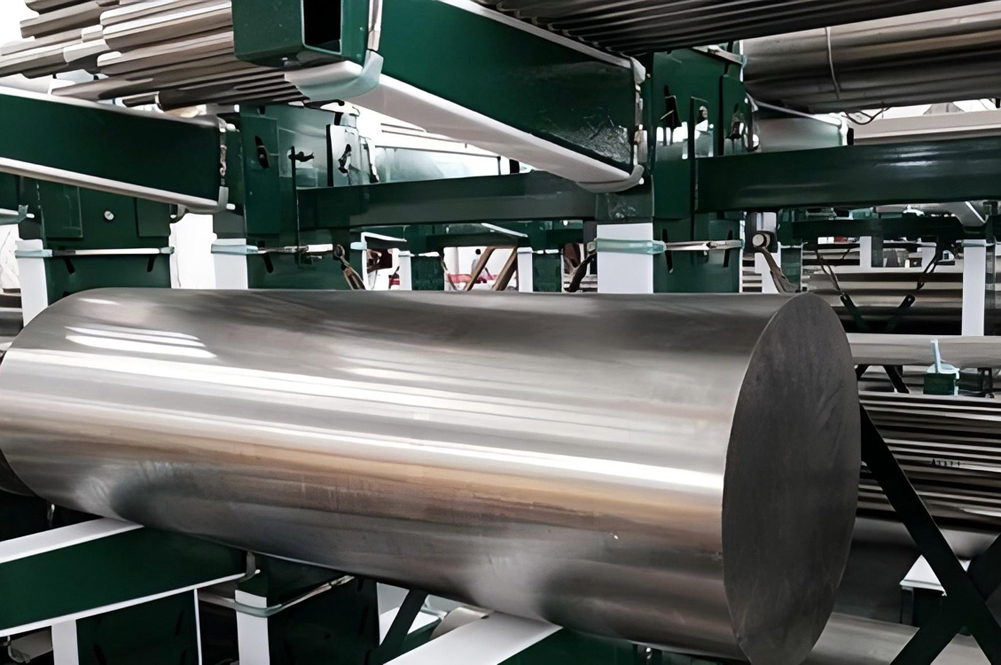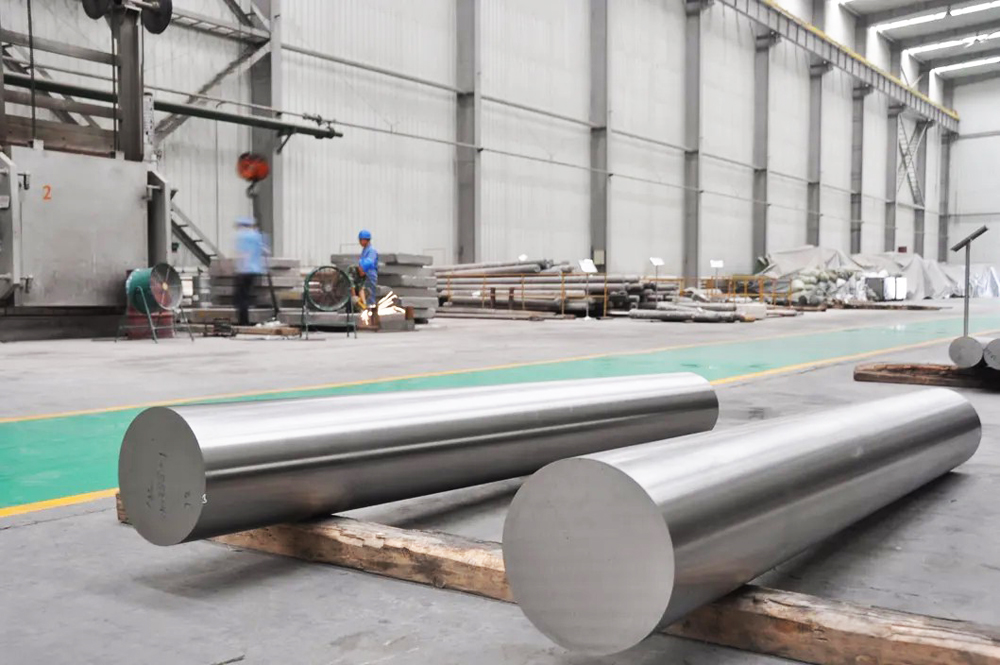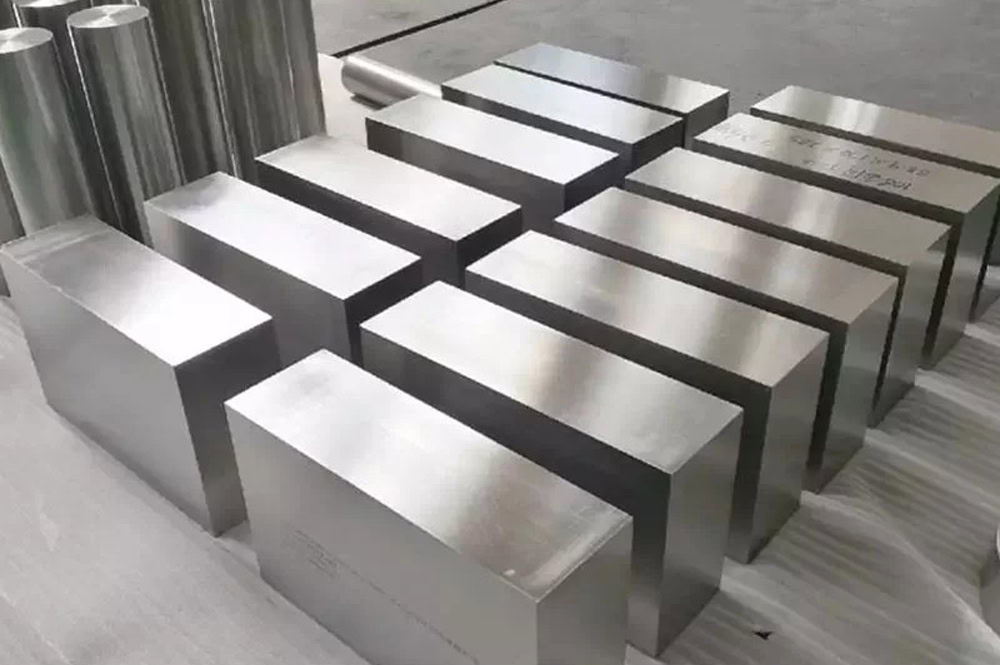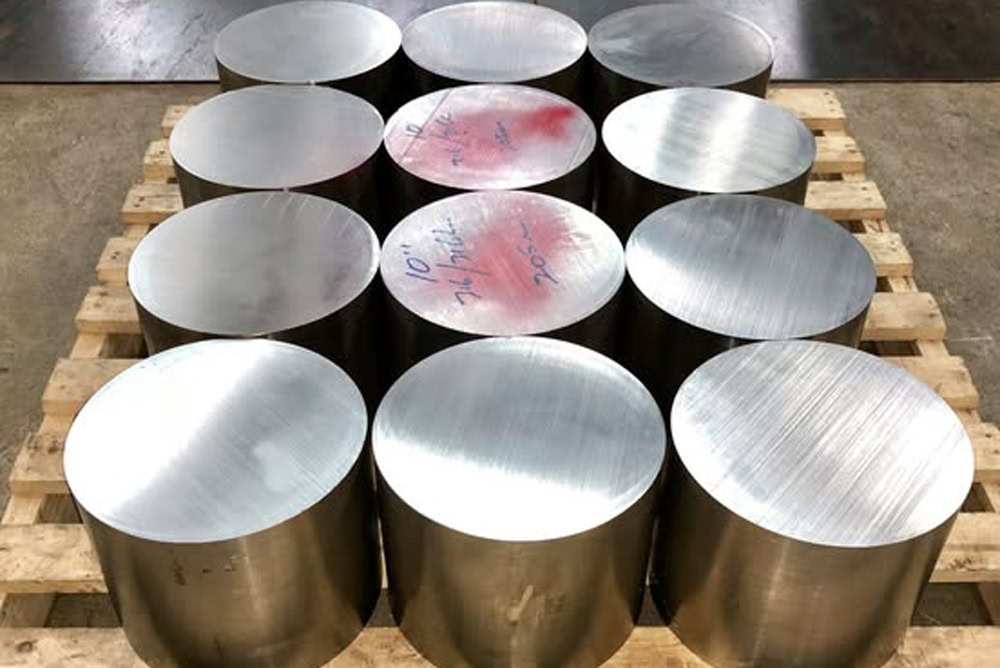Titanium Ingot With Competitive Price in China
Titanium ingots are sponge titanium with other alloying elements melted into ingots through double or triple vacuum arc remelting (VAR) technology. Titanium ingots are further manufactured into different shapes and sizes, such as rods, sheets, wires, plates, etc.
- 24/7 Online Service
- OEM/ODM Support
- ISO9001 & ISO 13485
- SGS, BV and CE Certificated
- ASTM B348
- ASTM B977
- EBCH & VAR
- Dia.200~1020 mm
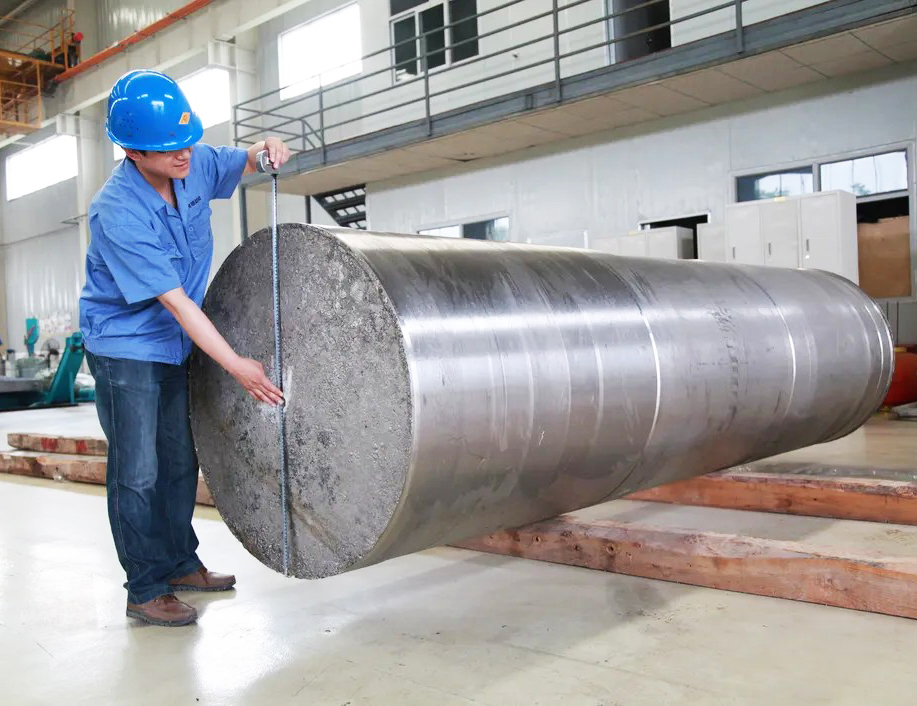
Your Resource Titanium Ingot Factory - Wstitanium
Titanium ingots are like a dazzling star. With their excellent performance and wide application fields, they have become an indispensable key material for many high-end industries. As a titanium ingot manufacturer and supplier, Wstitanium has always adhered to the persistent pursuit of quality and unremitting exploration of innovation, and is committed to providing the best quality titanium ingots and the most professional solutions to global customers.
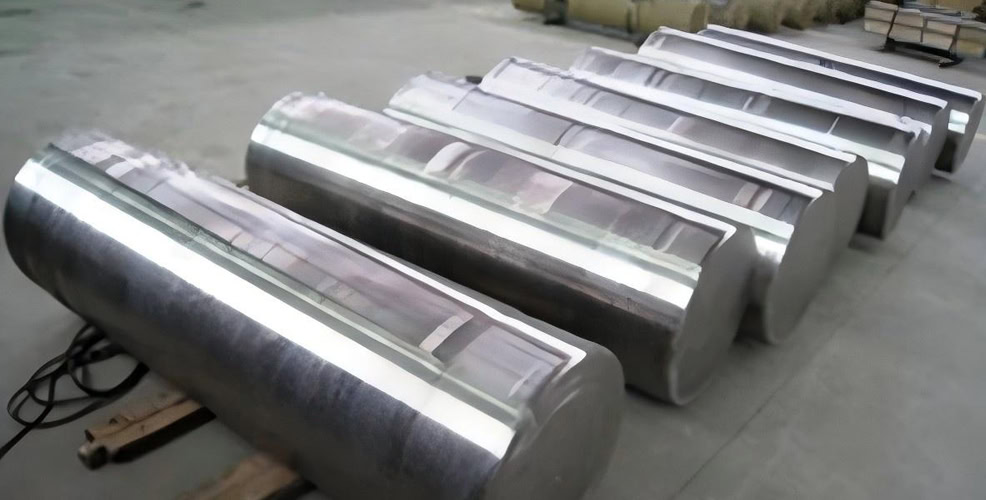
α Titanium Ingot
α titanium ingot is a titanium ingot with α phase as the main component phase. α phase is a close-packed hexagonal structure with good strength, toughness and corrosion resistance.
- GR.1
- GR.2
- GR.3
- GR.4
- GR.7
- GR.12
- Ti - 5Al - 2.5Sn
- Ti - 8Al - 1Mo - 1V
- Ti - 6Al - 2Sn - 4Zr - 2Mo
- Ti - 6Al - 2Sn - 6Zr - 2Mo - 0.25Si

α+β titanium ingot
α+β titanium ingot combines the advantages of α phase and β phase, with high strength, good toughness, good machinability and excellent corrosion resistance.
- Gr.5
- Gr.9
- Gr.23
- Ti - 7Al - 4Mo
- Ti - 6Al - 6V - 2Sn
- Ti - 10V - 2Fe - 3Al
- Ti - 5Al - 5V - 5Mo - Cr
- Ti - 15V - 3Cr - 3Al - 3Sn
- Ti - 6Al - 2Sn - 4Zr - 6Mo
- Ti-3Al-8V-6Cr - 4Mo - 4Zr
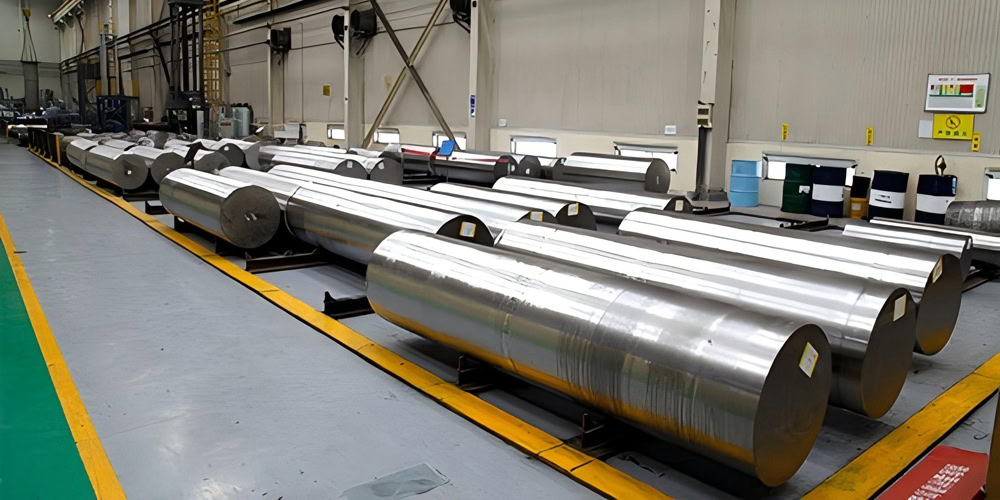
β Titanium Ingot
β titanium ingot is a titanium alloy ingot with β phase as the main component, with body-centered cubic lattice, high toughness, high strength, good corrosion resistance and low elastic modulus.
- Gr.12
- Gr.29
- Ti - 35A
- Ti - 15 - 3
- Ti - 10 - 2 - 3
- Ti - 17
- Ti - 45Nb - 5Zr - 3Al
- Ti - 25V - 15Cr - 2Al - 0.2C
- Ti - 3Al - 2.5V - 10Mo - 8Ta
- Ti - 6Al - 2Sn - 4Zr - 6Mo - 10V
Customized Titanium Ingot Specifications
Wstitanium manufactures titanium ingots with high flexibility in size specifications. Common round titanium ingot diameters usually range from 200 mm to 1020 mm. The tolerance is controlled within a very small range, reaching ±0.5 mm to ±2 mm. The standard length is generally between 1 meter and 6 meters, and the longest can be customized to 10 meters. The diverse size specifications enable Wstitanium’s titanium ingots to be widely used in other processing fields, such as forging, rolling, CNC machining, etc.
| Product Name | Titanium ingot |
| Grade | GR1, GR2, GR5, GR5ELI, GR7, GR9, GR12, GR23, Ti-4Al-2V, Ti-4Al-1.5Mn. |
| Size | Diameter 200mm-1500mm or as your request |
| Standard | GB/T-26060-2010, ASTM B977/B977M-19 |
| Application | Chemical industry, Aerospace, deep sea, military, medical, etc. |
| Feature | High corrosion resistance, low density, good thermal stability, High strength and light weight. |
| Technics | Vacuum Consumable Arc Furnace |
| Surface | Polished |
| Packing | Export Standard Woodcase |
| MOQ | As your request |
| Certificate | ISO 9001:2015; The third test report. |
| Delivery time | 10—25 days according to the quantity and process of the product |
| Quality and test | Ingredient testing |
Titanium Ingot Manufacturing
The source of titanium ingot manufacturing is the careful preparation of raw materials, and sponge titanium is the most critical starting material in this process. The manufacture of sponge titanium is a complex and delicate process, and the Kroll method is currently mainly used. First, titanium-containing ores such as ilmenite must be crushed and ground, and reacted with chlorine at high temperature to produce titanium tetrachloride (TiCl₄). Then, under the protection of inert gases such as argon, titanium tetrachloride is reduced with magnesium (Mg) to obtain sponge titanium. The reaction equation is: TiCl₄ + 2Mg → Ti + 2MgCl₂. Sponge titanium is porous and loose in texture, and needs further processing before it can be used in the manufacture of titanium ingots.
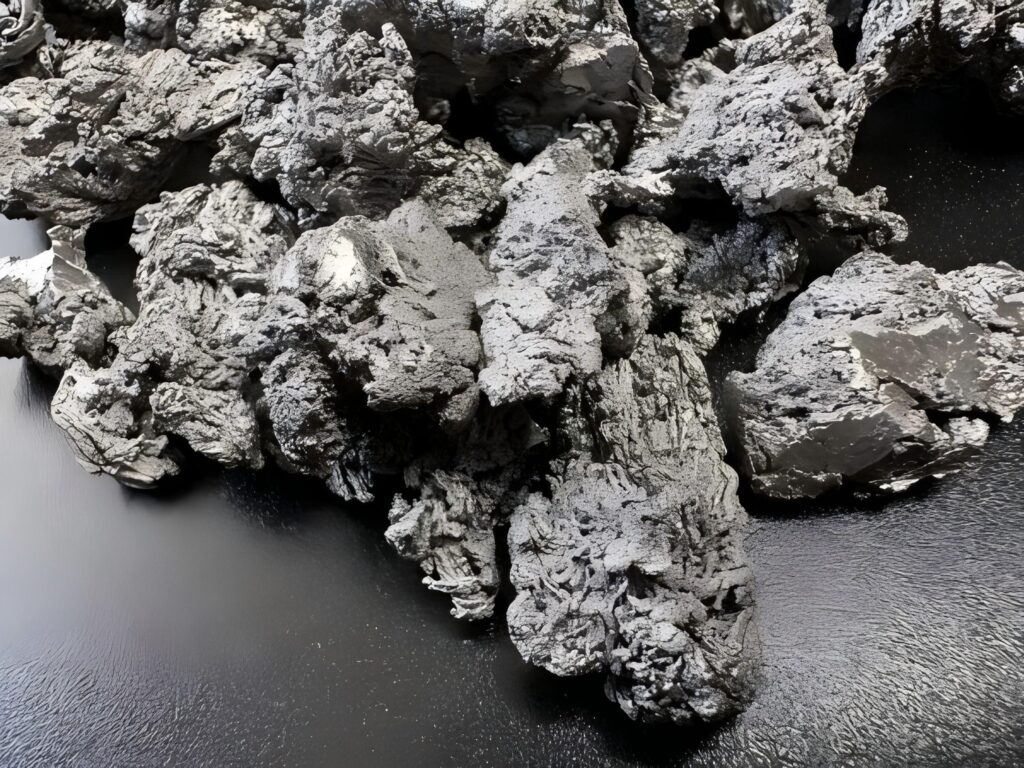
In addition to sponge titanium, corresponding alloy elements such as aluminum (Al), molybdenum (Mo), vanadium (V), zirconium (Zr), tin (Sn), etc. need to be prepared. Quality inspection of sponge titanium and alloy elements is a crucial link.
Melting
Melting is the core link of titanium ingot manufacturing. It is like a magical magic that transforms raw materials into titanium ingots with specific properties. At present, the common titanium ingot melting processes mainly include vacuum consumable arc furnace melting method (VAR), electron beam cold hearth furnace melting method (EBCHM), etc.
Vacuum consumable arc furnace melting (VAR): It is one of the most popular titanium ingot melting processes currently used. In this process, sponge titanium and alloy elements are first mixed evenly in a certain proportion, and then pressed into a consumable electrode by a press. This consumable electrode is like an energy source, which is gradually consumed in the subsequent melting process. The consumable electrode is installed in a vacuum consumable arc furnace. In a vacuum environment, an arc is generated between the electrode and the base material in the water-cooled copper crucible through low voltage and high current. The high temperature generated by the arc gradually melts the consumable electrode, and the molten metal droplets drip into the water-cooled copper crucible under the action of gravity, and gradually solidify at the bottom of the crucible to form a titanium ingot.
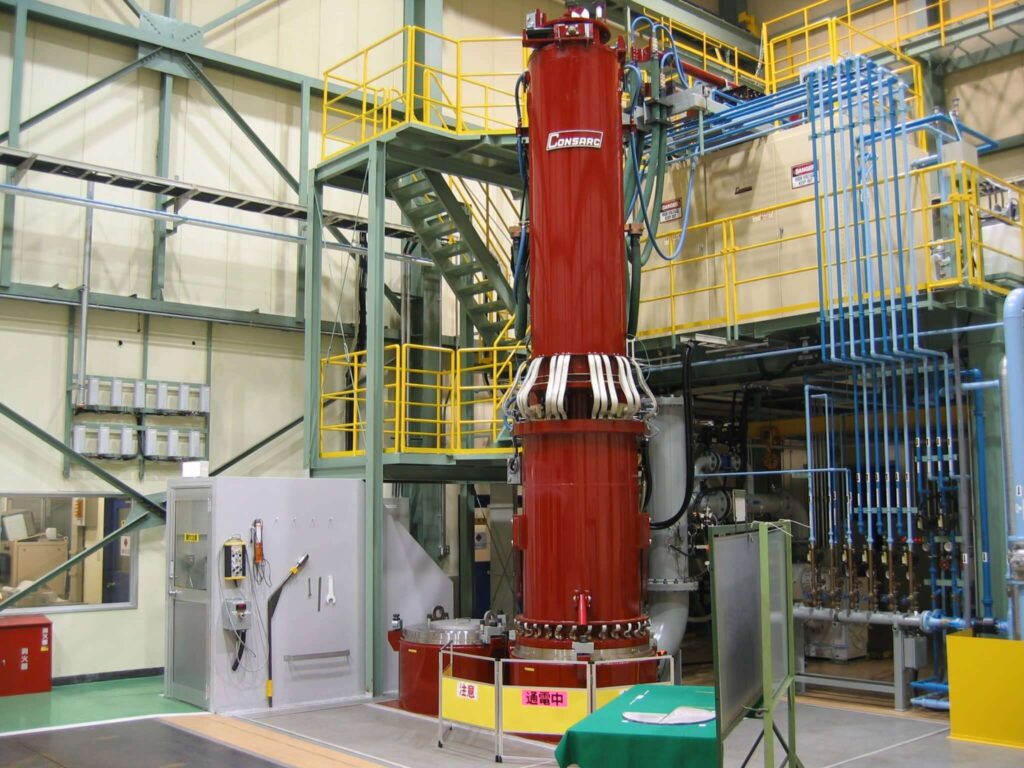
Electron beam cold hearth furnace melting method (EBCHM). The titanium sponge and alloy elements are placed on a water-cooled copper cooling bed. The high-energy electron beam emitted by the electron gun is accelerated by the electric field and bombards the raw materials on the cooling bed, causing them to melt rapidly. The molten metal flows into a water-cooled copper crucible and solidifies into a titanium ingot. Due to the high energy density of the electron beam, the raw materials can be melted quickly, improving the smelting efficiency. At the same time, the raw materials are deeply refined to effectively remove gas impurities such as hydrogen, oxygen, and nitrogen, as well as some intermetallic compound inclusions. This makes the produced titanium ingots higher in purity, more uniform in internal quality, and better in performance.
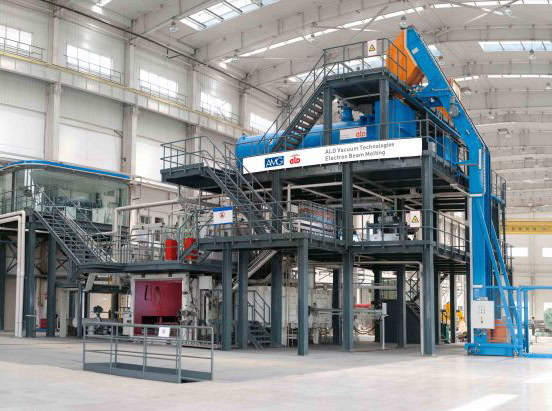
Forging is an important means to improve the performance of titanium ingots and improve their internal structure. After forging, the mechanical properties of titanium ingots are significantly improved, and the internal structure is more dense and uniform. According to the size, shape and customer requirements of the titanium ingot, select the appropriate forging process, including upsetting, drawing, etc., to create titanium ingots into forgings of various shapes and sizes, such as round, rectangular, ring, etc.
Upsetting is the process of applying pressure to the titanium ingot in the vertical direction to reduce its height and increase its cross-sectional area. Upsetting breaks up the coarse casting grains, making them more uniform and refined, and also improves strength and toughness. Drawing is to apply tension to the titanium ingot in the horizontal direction to increase its length and reduce its cross-sectional area, which can further refine the grains of the titanium alloy and improve the longitudinal mechanical properties.
After forging, the titanium ingot needs to be processed, including annealing, normalizing, etc. Annealing is the process of slowly cooling the forging after heating it to a certain temperature to eliminate residual stress and improve the plasticity and toughness of the material. Normalizing is the process of heating the forging to above the critical temperature and then cooling it in the air. Normalizing can refine the grains and improve the strength and hardness of the material.

Quality inspection
Quality inspection is an indispensable part of the titanium ingot manufacturing process. Wstitanium controls every key link in the manufacturing of titanium ingots, and conducts comprehensive and detailed inspections on the chemical composition, physical properties, etc. of titanium ingots.
Quality inspection of sponge titanium and alloying elements is particularly important. Spectral analysis technology is used to accurately analyze the various chemical components in sponge titanium and alloying elements to ensure that their content meets production requirements. At the same time, a gas analyzer is used to detect gas impurities in sponge titanium, such as hydrogen, oxygen, and nitrogen, and strictly control their content.
For the internal quality inspection of titanium ingots, the use of non-destructive testing technology is the key. Ultrasonic flaw detection is a commonly used non-destructive testing method. It uses the principle that ultrasonic waves will reflect, refract, and scatter when they encounter defects when propagating inside the titanium ingot to detect whether there are cracks, inclusions, looseness, and other defects inside the titanium ingot.
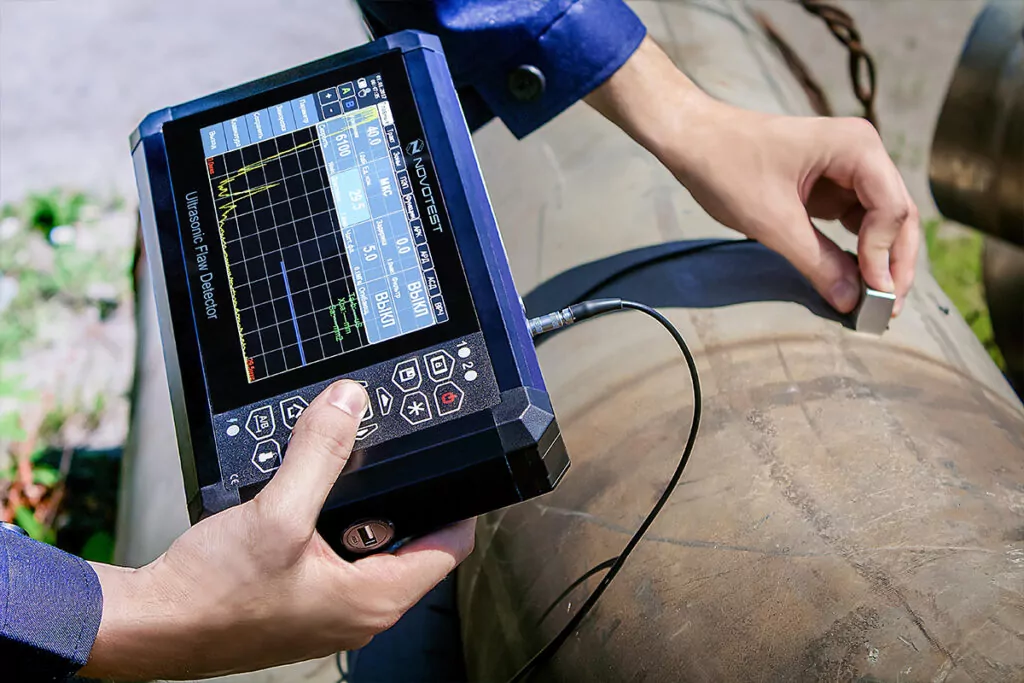
In terms of physical performance testing, the mechanical properties of titanium ingots such as hardness, tensile properties, and impact toughness are tested.
Titanium Ingot Gallery
